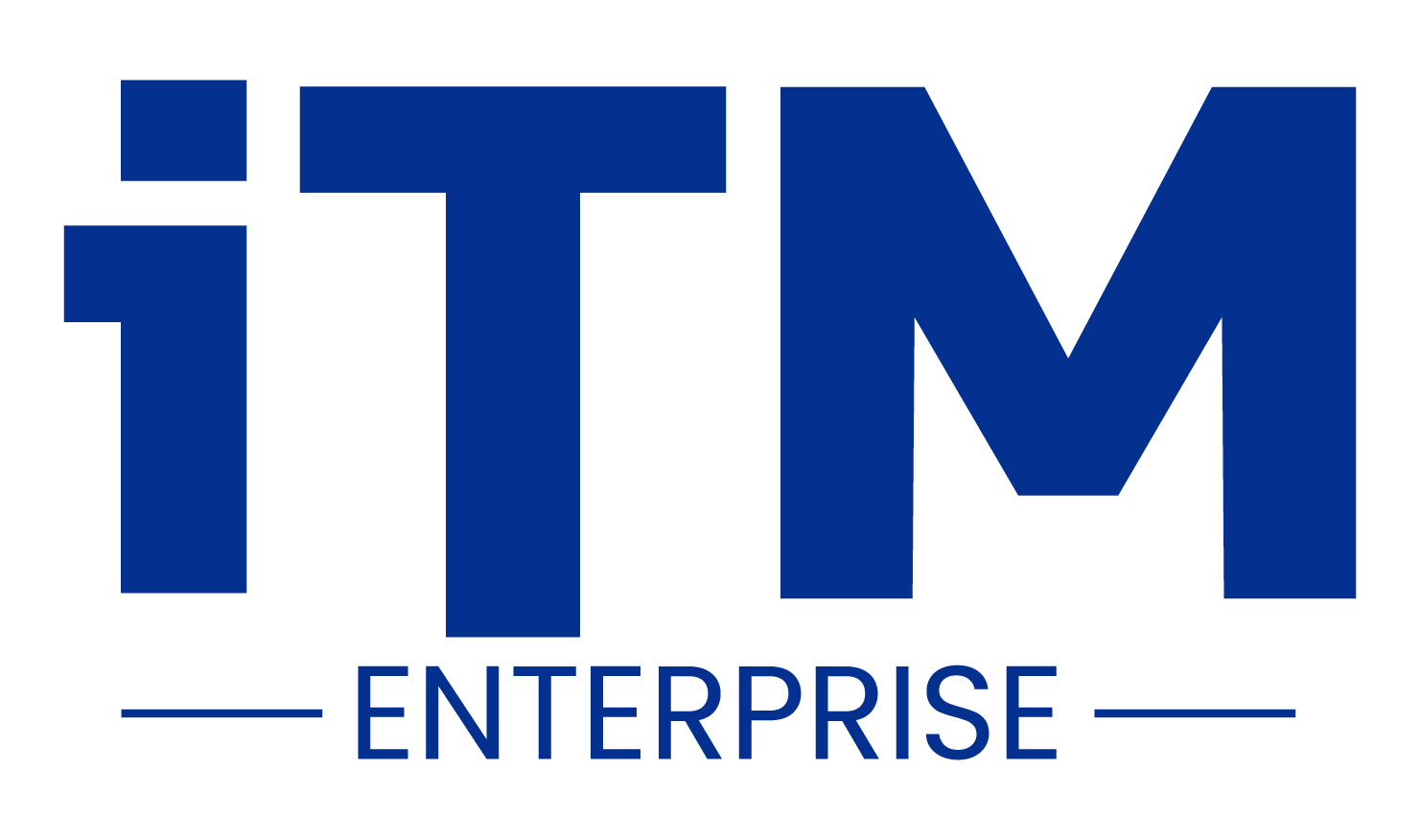Pipelines are at the heart of your sales process. They help you track leads, manage deals, and close sales efficiently. This guide will walk you through creating and managing pipelines in ITM Enterprise.
Step 1: What is a Pipeline?
A pipeline is a visual representation of your sales or service process, divided into stages. Each stage reflects a specific step in your workflow, such as “Lead Captured,” “Follow-Up,” or “Deal Closed.”
Step 2: Access the Pipelines Section
- Log in to your ITM Enterprise account.
- From the left-hand menu, click on “Opportunities.”
- Select the “Pipelines” tab.
Step 3: Create a New Pipeline
- Click on “Create Pipeline.”
- Enter a name for your pipeline (e.g., “New Leads Pipeline”).
- Add stages to your pipeline:
- Click “Add Stage” to create a stage (e.g., “Contacted,” “Qualified,” “Negotiation”).
- Assign a percentage to each stage to reflect progress toward closing a deal.
Tip: Keep your stages simple and clear. Avoid creating too many stages, as it may complicate tracking.
Step 4: Assign Opportunities to Your Pipeline
- Go to the Opportunities tab.
- Click Add Opportunity.
- Fill in the details:
- Name: The lead or deal name.
- Pipeline: Select the appropriate pipeline.
- Stage: Choose the starting stage.
- Value: Assign a monetary value (if applicable).
- Owner: Assign the opportunity to a team member.
Step 5: Move Opportunities Through Stages
- Drag and drop opportunities between stages as they progress.
- Update deal information, such as notes or expected close dates, for accurate tracking.
Step 6: Automate Your Pipeline (Optional)
- Navigate to the Automations section.
- Create a new workflow triggered by pipeline changes (e.g., “Send a follow-up email when a lead enters the ‘Contacted’ stage”).
- Save and activate your automation.
Pro Tip: Automations reduce manual work and ensure consistent communication.
Step 7: Analyze Your Pipeline Performance
- Go to the Reports section.
- Review metrics like:
- Number of leads in each stage.
- Conversion rates between stages.
- Total deal value in the pipeline.
Action Item: Use these insights to identify bottlenecks and improve your sales process.
Common Issues and Solutions
- Opportunities not appearing in the pipeline: Ensure you’ve assigned them to the correct pipeline.
- Pipeline stages seem cluttered: Revisit your pipeline and simplify your stages.
- Missing pipeline data in reports: Confirm all opportunities have been updated properly.
Conclusion
Setting up and managing pipelines in ITM Enterprise is straightforward and powerful. By organizing your sales process effectively, you can focus on closing deals and growing your business. Explore automations to take your pipeline management to the next level!

